In the hidden corners of nature, where human eyes rarely linger, an extraordinary engineering feat unfolds daily. Ant colonies, those tiny yet highly organized societies, have perfected the art of transporting sugar crystals—a process that mirrors human industrial operations with uncanny precision. What appears as simple food gathering to the casual observer reveals itself as a complex logistical network upon closer inspection, one that puts many human supply chains to shame.
The journey begins with scout ants venturing far from their nests, their antennae serving as sophisticated chemical detectors. When a scout locates a sugar source, it doesn't immediately begin gorging. Instead, it assesses the quality and quantity through delicate palpations with its forelegs, performing what amounts to a miniature quality control inspection. This critical evaluation determines whether the find merits mobilizing the colony's workforce—a decision-making process that would impress any supply chain manager.
Chemical communication forms the backbone of the ants' transportation network. Upon discovering a viable sugar source, the scout returns to the nest while laying down a pheromone trail. This aromatic breadcrumb trail doesn't merely point the way—it contains encoded information about the distance, quality, and quantity of the find. The strength of the pheromone signal corresponds to the desirability of the source, creating a natural prioritization system that ensures colony resources focus on the most valuable deposits first.
As more ants follow and reinforce the trail, a fascinating phenomenon occurs. The most efficient paths develop stronger pheromone signatures through positive feedback, while less optimal routes fade away. This self-optimizing system creates transportation corridors that would make urban planners envious. The ants achieve this without any central planning committee, blueprints, or traffic simulations—just simple rules followed by thousands of individuals resulting in emergent complexity.
The physical transportation of sugar crystals presents its own set of engineering challenges. Ants don't simply grab random chunks—they carefully select appropriately sized fragments that balance transport efficiency with nutritional value. Some species even demonstrate remarkable material processing skills, breaking down large sugar crystals into more manageable pieces before transport begins. This preprocessing step mirrors human ore refinement before shipping raw materials to manufacturing centers.
Load distribution among worker ants follows sophisticated patterns that prevent traffic jams in their narrow underground tunnels. Larger ants tend to carry heavier loads, while smaller ones focus on speed and agility. Some species even form living conveyor belts, passing sugar crystals from one worker to the next in a relay system that maintains constant flow. This division of labor based on physical capabilities rivals modern warehouse logistics systems.
The storage solutions within ant colonies demonstrate another layer of sophistication. Sugar crystals aren't simply dumped in a random chamber—they're organized based on the colony's needs. Some serve as immediate energy sources, while others get stored in specialized preservation chambers where worker ants carefully regulate humidity to prevent melting or clumping. Certain species even mix the sugar with formic acid as a natural preservative, creating a primitive version of processed food storage.
What makes this sugar transportation network truly remarkable is its resilience. When researchers deliberately disrupt pheromone trails, the colony adapts within hours, finding new routes and reestablishing efficient paths. If a sugar source becomes exhausted, the entire system seamlessly redirects to new locations without any centralized command. This decentralized problem-solving approach offers valuable lessons for human networks facing disruptions.
The energy efficiency of ant transportation puts human systems to shame. An average ant can carry loads up to fifty times its body weight while consuming minimal energy. Their exoskeletons provide natural load distribution, and their six-legged gait offers exceptional stability. Engineers studying biomimicry have begun applying these principles to robotic design, creating machines that could one day revolutionize warehouse operations.
Perhaps most humbling is the timescale of this engineering marvel. While humans boast about centuries of industrial progress, ants have been refining their sugar transportation networks for over a hundred million years. Their systems have survived mass extinctions, climate shifts, and ecosystem changes—a testament to the robustness of their decentralized, adaptable approach.
As climate change and resource scarcity challenge human logistics networks, researchers increasingly turn to ant colonies for inspiration. The principles underlying their sugar transportation epic—decentralized control, self-organization, resilience, and energy efficiency—offer potential solutions to some of our most pressing logistical challenges. In the microscopic world of ant engineering, we might just find the blueprints for a more sustainable future.
The next time you see ants marching in line, pause to consider the invisible complexity behind their movements. That trail leading to your dropped sugar cube represents millions of years of evolutionary engineering, a living testament to nature's ability to solve complex logistical problems with elegant simplicity. In their tiny world of sugar crystal transportation, we find profound lessons about efficiency, cooperation, and survival.
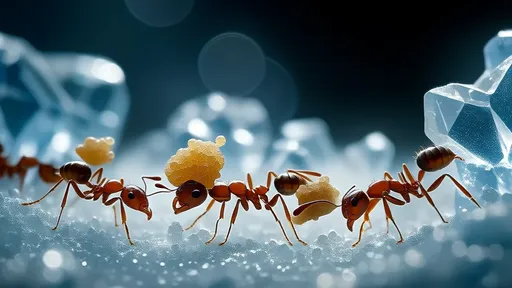
By /Aug 8, 2025
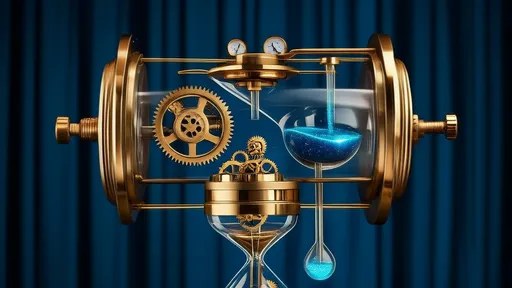
By /Aug 8, 2025

By /Aug 8, 2025
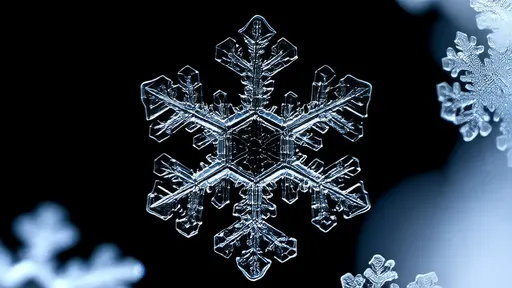
By /Aug 8, 2025
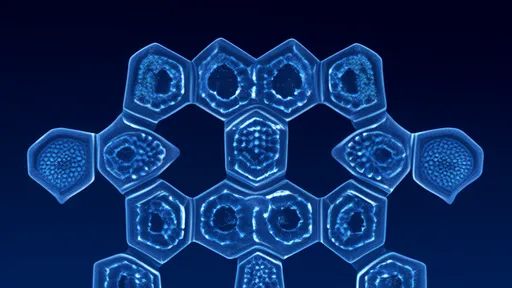
By /Aug 8, 2025

By /Aug 8, 2025
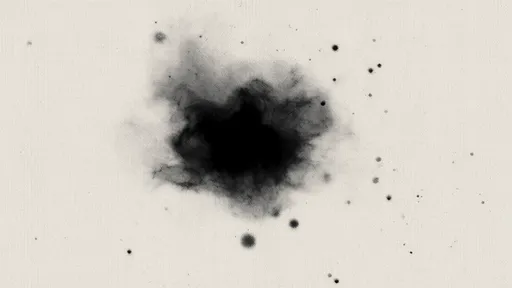
By /Aug 8, 2025

By /Aug 8, 2025
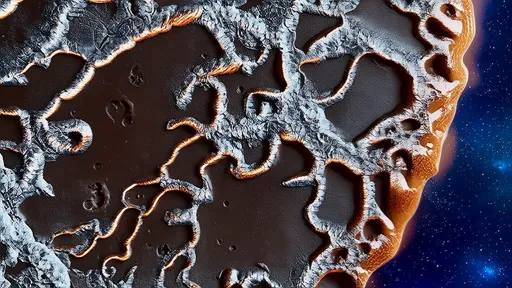
By /Aug 8, 2025

By /Aug 8, 2025

By /Aug 8, 2025

By /Aug 8, 2025

By /Aug 8, 2025

By /Aug 8, 2025

By /Aug 8, 2025

By /Aug 8, 2025

By /Aug 8, 2025
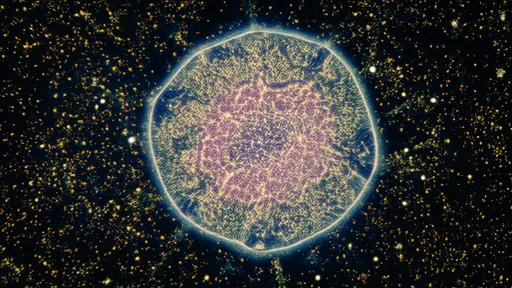
By /Aug 8, 2025
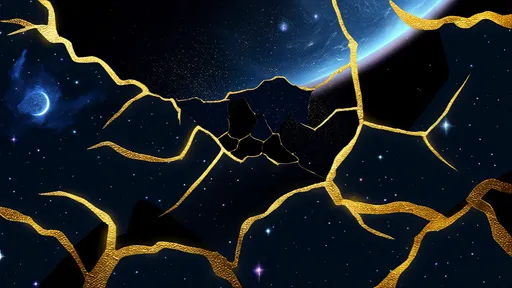
By /Aug 8, 2025

By /Aug 8, 2025